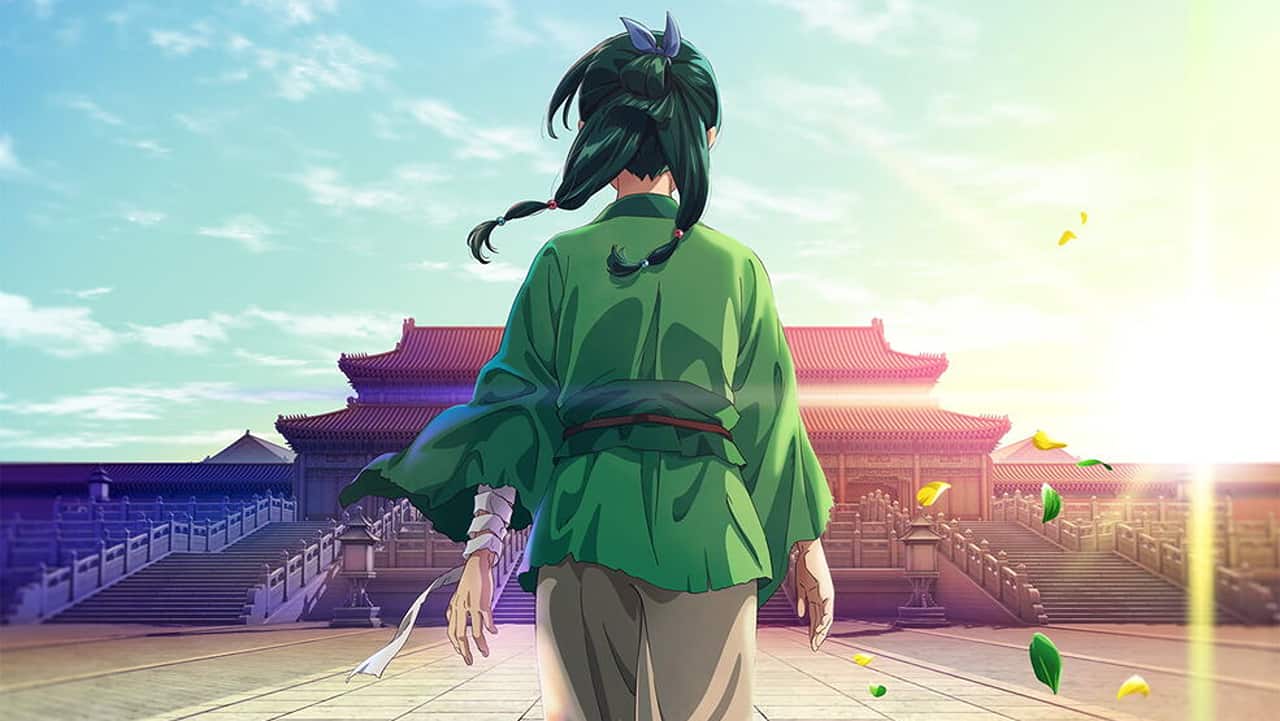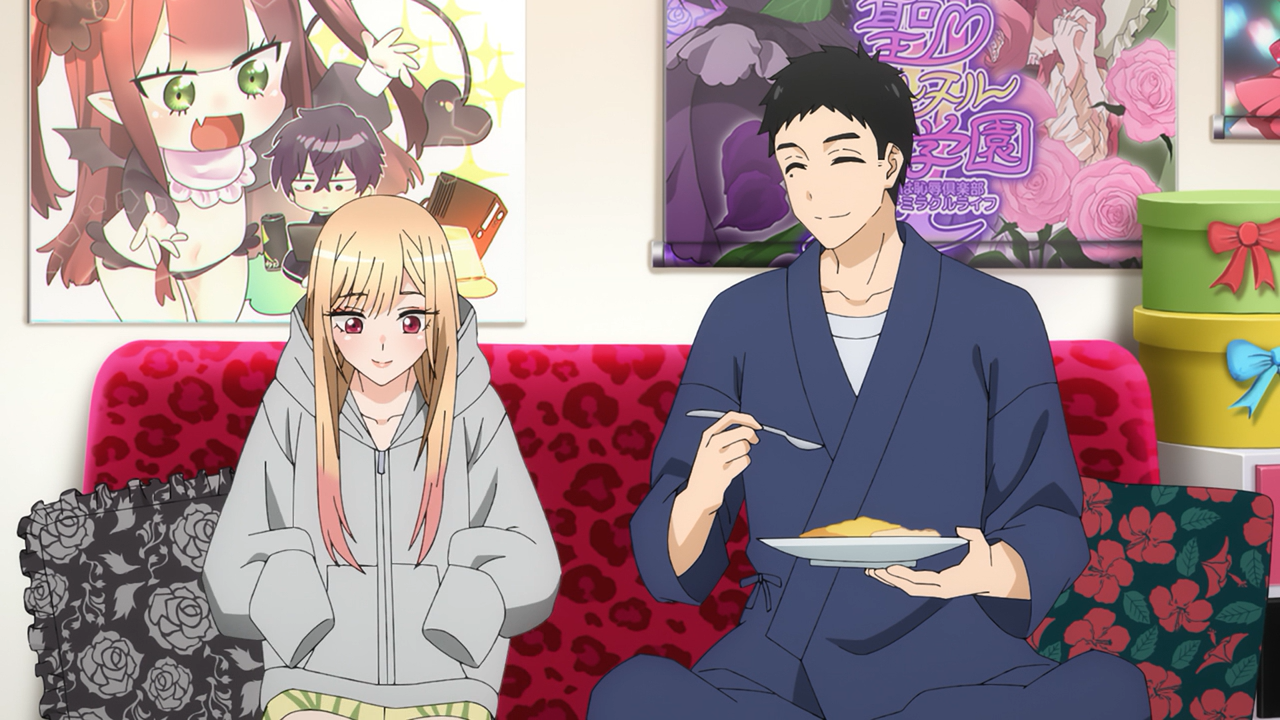Dragon Ball DAIMA’s highly anticipated debut has reignited debates within the anime community, but not for the right reasons. While the series was expected to bring fresh excitement, its very first episode instead amplifies one of Dragon Ball Super: Super Hero’s most infamous plot holes. What makes this worse is that DAIMA actually calls attention to the issue, making its oversight even more frustrating for long-time fans.
To make matters worse, DAIMA’s storytelling choice inadvertently highlights a controversial Dragon Ball GT moment in a better light. The way DAIMA handles the transformation of Goku and his friends into children raises serious logic gaps that even GT managed to avoid. This glaring inconsistency hasn’t gone unnoticed, leading Naruto fans to roast Dragon Ball fans for accepting yet another major plot blunder.
Gomah’s Wish in DAIMA Makes No Sense

One of DAIMA’s main antagonists, Gomah, gathers the Dragon Balls and wishes for Goku and his allies to be turned into kids. When Shenron asks what should happen to those who are already children, Gomah impulsively instructs him to turn them into babies instead. This decision immediately exposes a major flaw in the logic behind the wish.
If Gomah’s goal was to weaken Goku and his friends, making them babies from the start would have been a more effective move. The fact that Shenron even raises the question should have prompted Gomah to apply that logic universally. Instead, he stops short, leaving fans puzzled as to why he didn’t take full advantage of the opportunity he himself created.
This isn’t the first time Dragon Ball has fumbled a wish-related plot point. Superhero similarly struggled with its logic when it needed to sideline Goku and Vegeta to make Piccolo and Gohan the main focus. The solution? Piccolo simply forgets to wish them back to Earth after summoning Shenron, despite having the perfect chance to do so.
What makes DAIMA’s mistake even more frustrating is that it mirrors this same issue. In Superhero, the moment of realization comes too late, after the final wish has already been made. In DAIMA, however, Gomah still has wishes left when he figures out a better approach but does nothing to correct his mistake, making the oversight feel even more forced.

Despite its divisive reputation, Dragon Ball GT now appears more reasonable when compared to DAIMA’s wish fiasco. In GT, Emperor Pilaf unintentionally causes Goku’s transformation by muttering about wanting him to be a kid again, which Shenron takes as a literal wish. This mistake feels more natural because Pilaf had a personal history with Goku as a child and saw him as less of a threat that way.
On the other hand, DAIMA’s justification lacks the same credibility. Gomah’s decision is framed around avoiding a “Black Wish,” a restriction that Earth’s Dragon Balls don’t even have. The story even had a perfect setup—Gomah watching highlights of Goku’s life—but it wastes the opportunity to build a more believable motivation. Instead, DAIMA simply repeats Super Hero’s blunder, making its logic even weaker.




